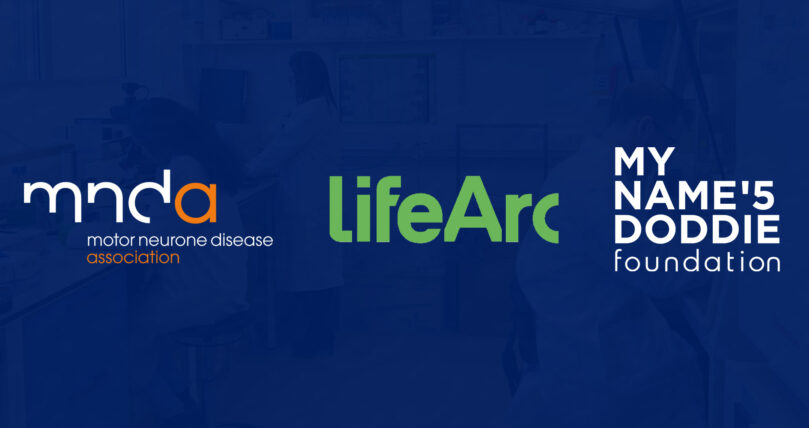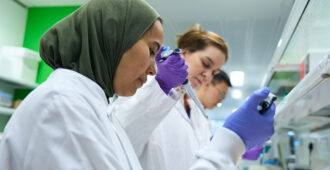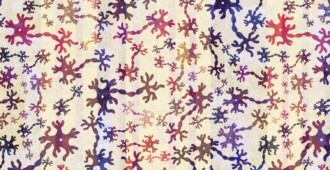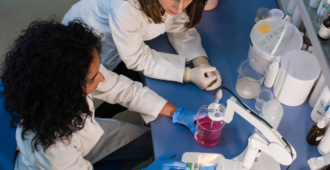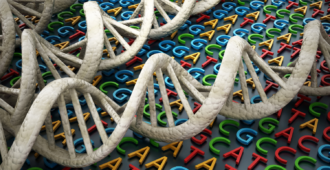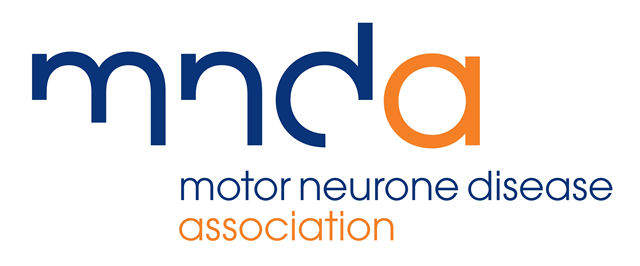


In 2021, the MND Association, the My Name’5 Doddie Foundation and medical research charity LifeArc established a joint fund – the Motor Neuron Disease Translational Fund – to support translational research in motor neurone disease. In January 2023, £1 million was awarded to researchers at University College London (UCL) to progress two promising new therapies, to help transform the lives of those living with MND.
Translational research bridges the gap between lab-based research and trials in people, transforming promising early research in the lab into potential new therapies that can be tested in clinical trials.
Who are LifeArc?
LifeArc is a self-financing medical research charity. Their ambition is to transform the way diseases are identified and treated. Through their own work, and in partnerships, LifeArc are accelerating new discoveries in healthcare by transforming promising ideas into life-changing medical breakthroughs. They specialise is early-stage translation – advancing lab-based scientific discoveries to the point at which they can be developed into diagnostics, treatments and cures.
RELATED TOPIC
Blog | 3 September 2021 | Research Dev Team
Translational research in MND: Our partnership with LifeArc
Fixing the link between TDP-43 and UNC13A
The first of these projects, led by Professor Pietro Fratta (pictured) of UCL Queen Square Institute of Neurology (one of the MND Association’s Clinical Research Fellows) and Dr Loic Roux of Nucleic Acid Therapy Accelerator (NATA), aims to develop a cutting-edge gene therapy that seeks to correct mistakes in genetic instructions in neurons.
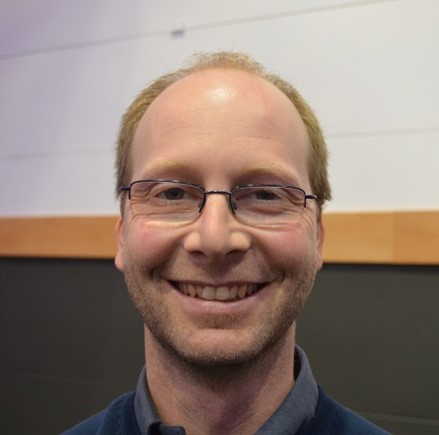
In most people with MND, a protein called TDP-43 is moved from the nucleus of the cell (where the DNA is found) to the cytoplasm (a gel-like substance that fills the cell). To work properly, TDP-43 needs to be in the nucleus so it’s movement to outside the nucleus means it can’t function as it normally would – known as loss of function.
Professor Fratta and his team at UCL have been looking at how the loss of function in TDP-43 may affect the health of neurons and have found that this causes a mistake to occur in the genetic instructions for another protein called UNC13A, meaning the UNC13A protein can’t work as it should. The UNC13A protein plays an important role in allowing neurons to communicate with each other using chemical signals and, if the protein is not working as it should this could contribute to the neuron damage that occurs in MND. Professor Fratta has shown that it is possible to correct the mistake in the instructions for the UNC13A protein using small DNA-like molecules called antisense oligonucleotides (ASOs).
This project aims to further test the ASOs to identify which one might be the most promising for use as a potential gene therapy for MND. Professor Fratta will be testing them in cell and mice models of MND to see how effective the molecules are at correcting the mistake in the UNC13A protein instructions. This project will also assess whether the ASOs are safe to use and what dose would be required to achieve the desired effects. The most promising ASO could be further developed and tested in clinical trials for use as a gene therapy for people living with MND.
Creating new connections between neurons and muscles
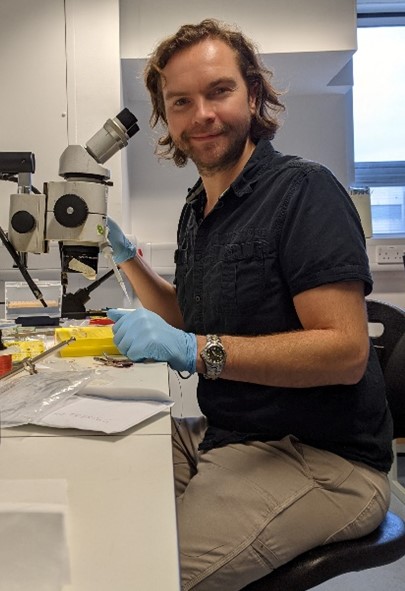
The second project, led by Dr Barney Bryson (pictured) and Professor Linda Greensmith of UCL Queen Square Institute of Neurology, aims to develop a novel cell therapy that hopes to restore lost muscle function in people with MND.
In MND, the connections that carry messages between the motor neurons and the muscles, making the muscles move, break down causing the muscles to become weak and lose mass (wasting).
Dr Bryson has developed an approach to create new connections between motor neurons and muscles using stem cells. The stems cells are used to produce motor neurons which are genetically engineered to respond to pulses of light, meaning muscle movement can be controlled using light signals. He has shown that it is possible to control muscle movement using light signals in mice with the transplanted neurons, and that this approach can prevent muscle wasting.
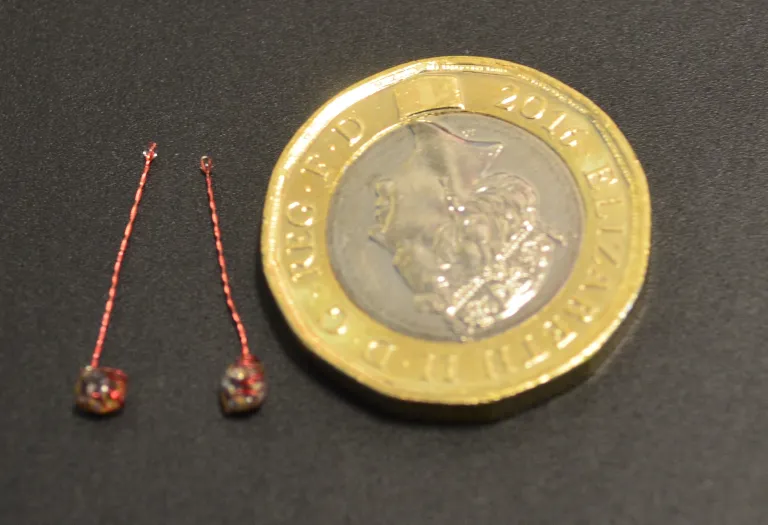
RELATED TOPIC
Blog | 20 July 2017 | Martina Slapkova
Shining a light on our non-clinical fellow: Using blue light to control muscle movement
Now Dr Bryson will use stem cells to create genetically engineered motor neurons that are suitable for use in people. These motor neurons will be tested in rat models to show that they can be activated by light signals that make the muscles move and stop muscle wasting. It is hoped that his cell therapy will help to restore some lost muscle function and improve quality of life for people living with MND.
The support from the Motor Neuron Disease Translational Fund will enable Dr Bryson to continue the work of his MND Association Non-Clinical Fellowship, which has just ended, and progress his therapy towards testing in clinical trials.
These translational research projects are vital to the progression of potentially effective treatments into the clinic, and we look forward to following the progress of Professor Fratta and Dr Bryson over the coming months.

